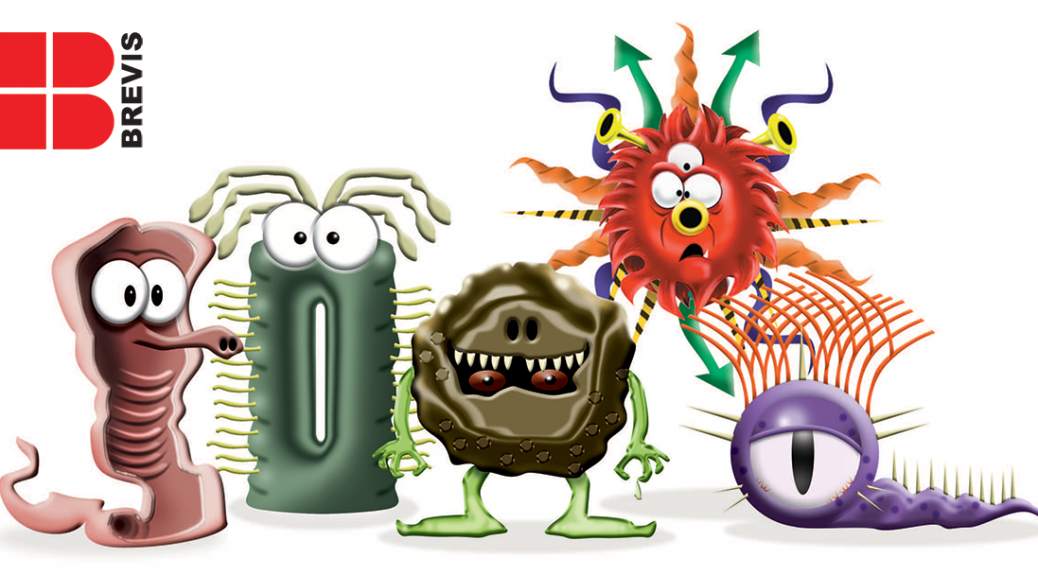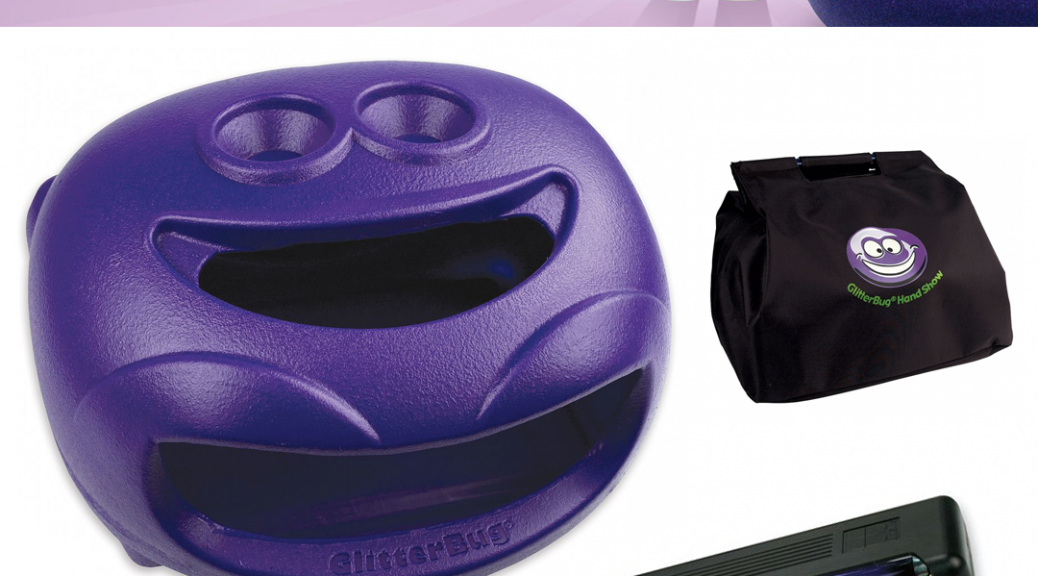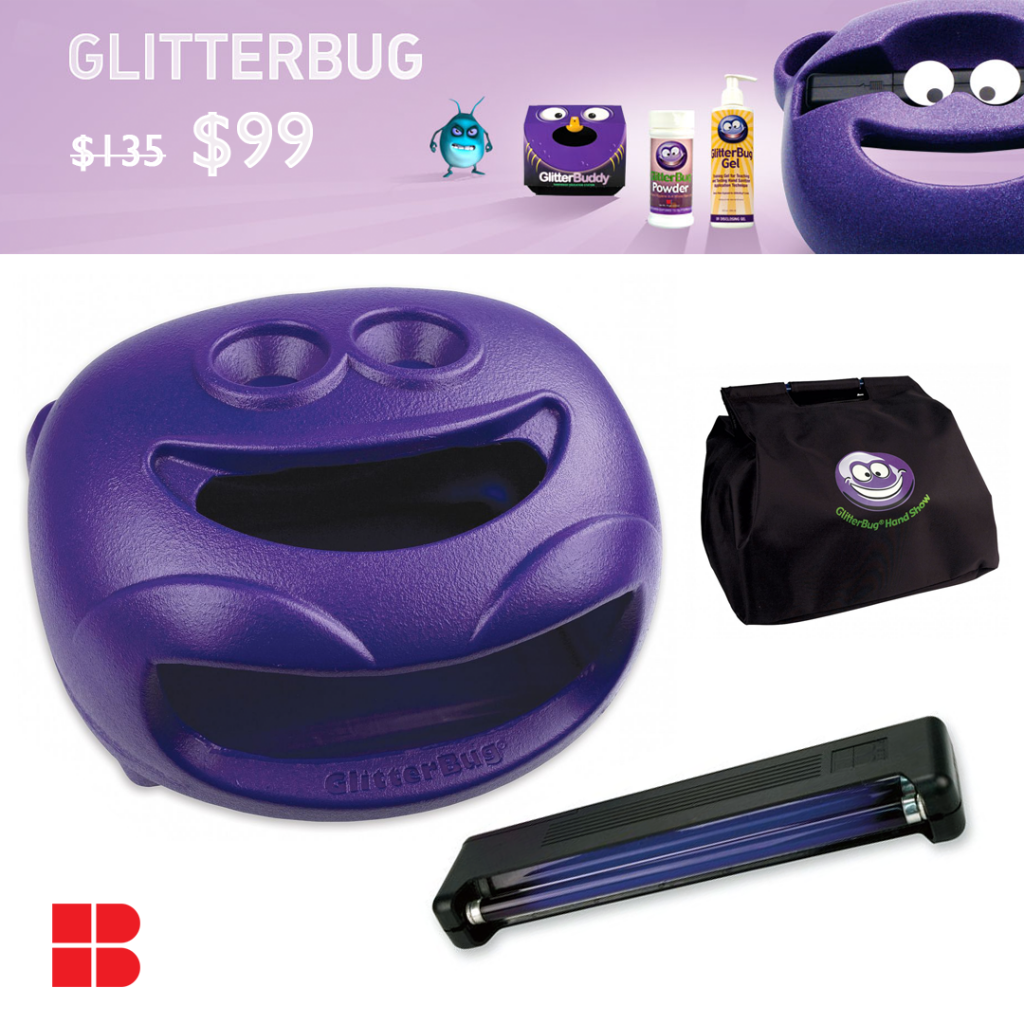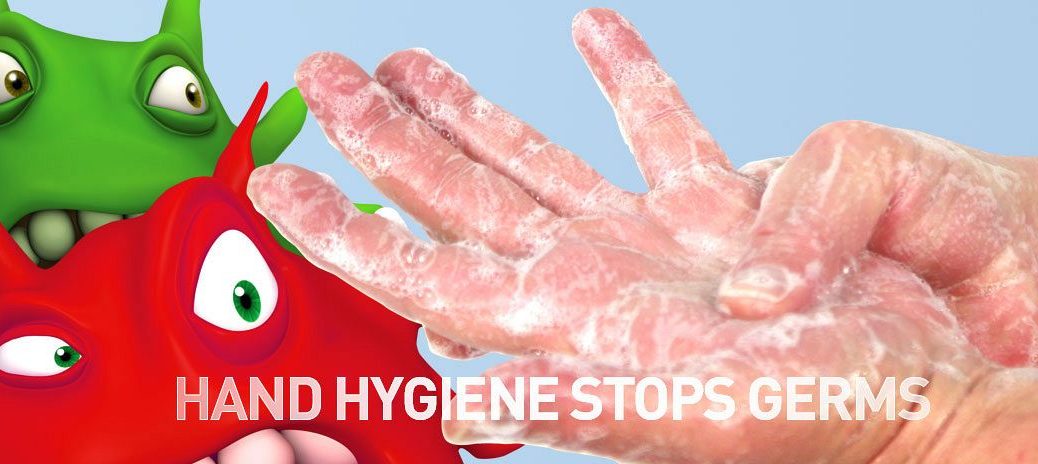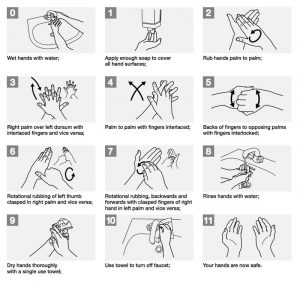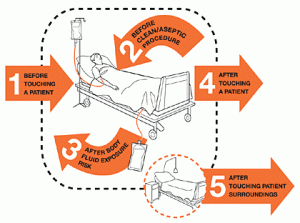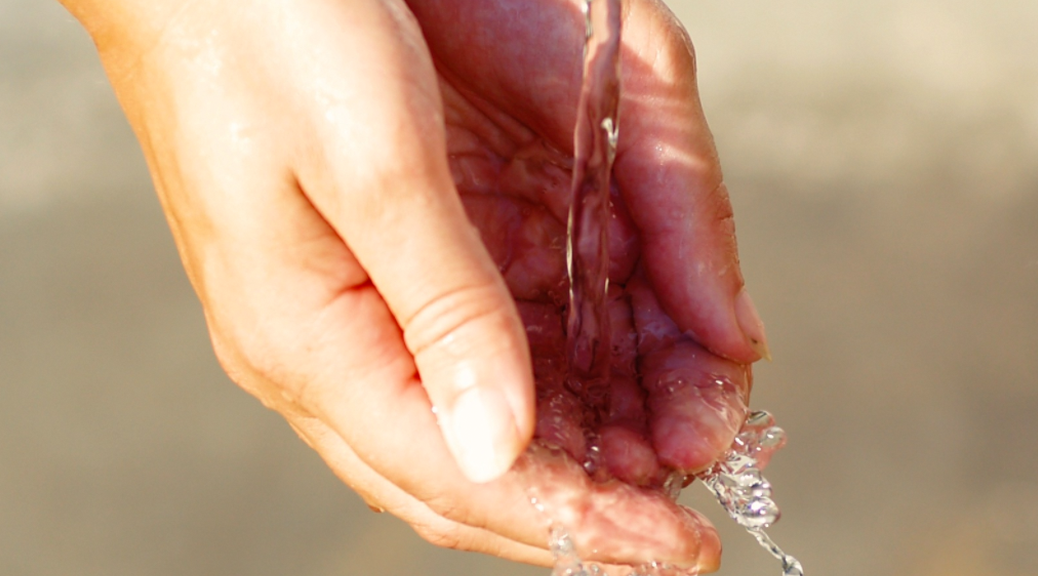We may think of ourselves as just human, but we’re really a mass of microorganisms housed in a human shell.
The human body contains about 100 trillion cells, but only about one in ten of those cells is actually…well…human. The rest are bacteria, viruses and other microorganisms that populate every nook and cranny of our human body. In fact, for every human gene in our bodies there are 360 microbial genes. Together, they are referred to as our microbiome, and they play such a crucial role in our lives that scientists like Michael Blaser of New York University (Director of the Human Microbiome Project) have begun to reconsider what it means to be human.
The microbiome is the human equivalent of an environmental ecosystem. Although the bacteria together weigh a mere three pounds, their composition determines a lot about how the body functions—and sometimes malfunctions. And just like ecosystems the world over, the human microbiome is losing its diversity, to the potential detriment of the health of those it inhabits. Namely, us.
Lita Proctor of the National Institutes of Health, who is also leading the Human Microbiome Project, says, “The human we see in the mirror is made up of more microbes than human. They belong in and on our bodies; they help support our health; they help digest our food and provide many kinds of protective mechanisms for human health.”
So these microbes aren’t just along for the ride, they’re there for a reason. We have a symbiotic relationship with them—we give them a place to live and they keep us alive.
In his new book, “Missing Microbes,” Dr. Blaser links the declining variety within the microbiome to our increased susceptibility to serious, often chronic conditions, from allergies and celiac disease to Type 1 diabetes and obesity. He and others primarily blame antibiotics for the connection. “We inherit every one of our genes, but we leave the womb without a single microbe,” says Blaser. “As we pass through our mother’s birth canal, we begin to attract entire colonies of bacteria. By the time a child can crawl, an enormous, unseen cloud of microorganisms—a hundred trillion or more, has blanketed him. They are bacteria, mostly, but also viruses and fungi (including a variety of yeasts), and they come at us from all directions: other people, food, furniture, clothing, cars, buildings, trees, pets, even the air we breathe.”
It seems taking too many antibiotics—not to mention our obsession with cleanliness—may disrupt the normal microbiome. The average American child is given nearly three courses of antibiotics in the first two years of life, and eight more during the next eight years. Even a short course of antibiotics like the widely prescribed Z-pack (azithromycin, taken for five days), can result in long-term shifts in the body’s microbial environment. It’s overkill—literally. Imprudent antibiotic use has resulted in widespread resistance among microbes and doctors now operate in a state of near panic as common infections demand increasingly powerful drugs for control.
Our bodies are made of trillions of microorganisms and they’re there for a reason. It seems we’re killing germs at our own peril. What’s your take?

